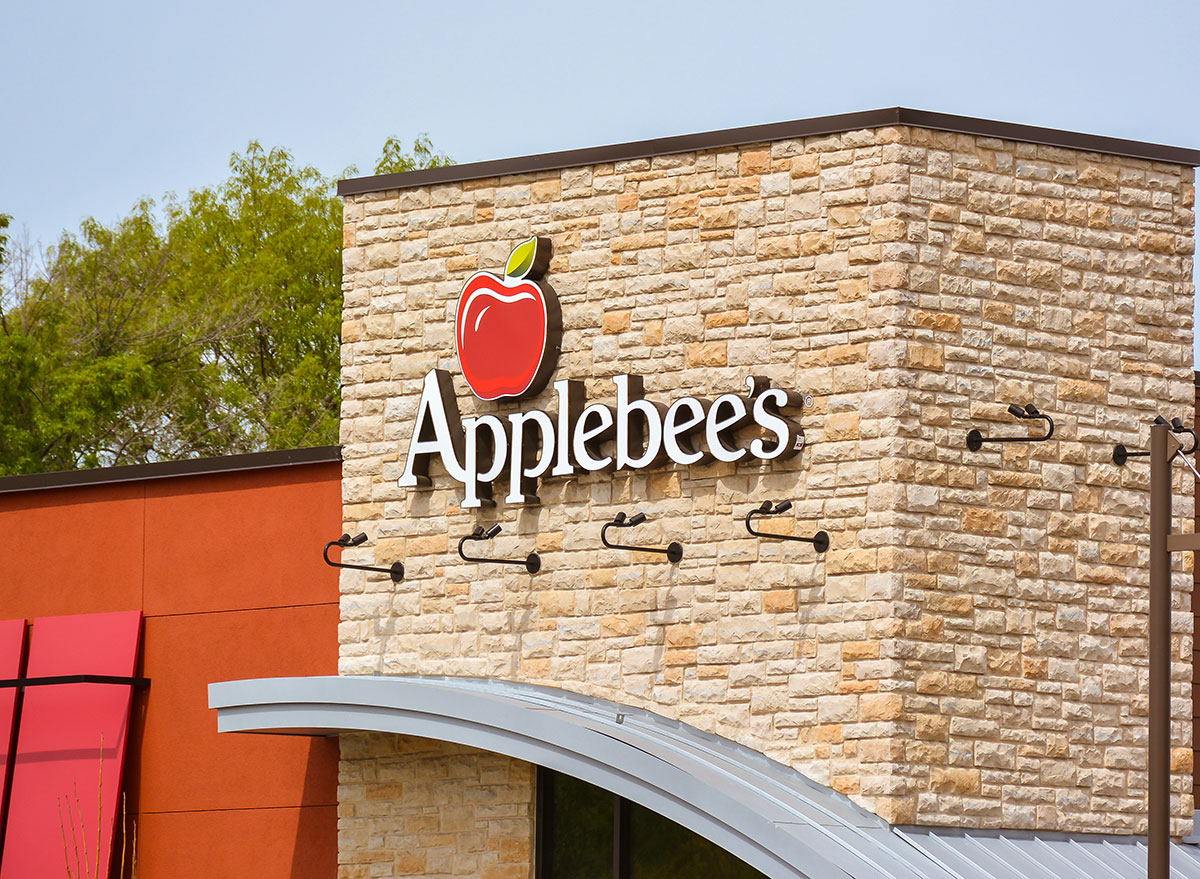The Sneaky Way Your Favorite Restaurant May Be Tricking You

That to-go meal you just received from your favorite restaurant chain may not have been prepared at the place you thought you ordered from.
That’s right, it’s very likely that Shrimp Wonton Stir-fry you ordered for delivery from Applebee’s was not cooked and packaged at the location you typically dine in. According to Nation’s Restaurant News, many popular restaurant brands are actively employing the use of ghost kitchens in order to keep up with the increasing demand for delivery.
Even though restrictions have begun lifting in every state, the typical consumer is still wary about dining in, especially with the government’s top infectious disease expert, Dr. Anthony Fauci saying that we have yet to make it out of the first wave of coronavirus cases.
With that in mind, patrons are still largely relying on delivery services such as Grubhub, Doordash, and Ubereats for restaurant meals. The downside of using third-party delivery apps is that the restaurant inevitably loses money. The ghost kitchen, however, is believed to solve that problem.
What is a ghost kitchen?
Ghost kitchens can either be used to help get an entirely new business off the ground or expand the delivery range for an existing restaurant chain. Brands can rent their own separate kitchen space at a facility such as Kitchens United or Cloud Kitchens to prepare and send out food orders for delivery from there. Essentially, this allows the brick and mortar location to focus on dine-in orders, takeaway, and nearby delivery orders. It also saves the brand from opening an additional brick and mortar location, which would cost considerably more than renting kitchen space.
Which brands are currently using ghost kitchens?
In mid-March, Chipotle announced it would be using Delivery Kitchens as a means to expedite the speed of preparing off-premise orders while also removing the cost of opening up another physical restaurant location.
“Our Delivery Kitchen is like a Chipotle within a Chipotle, preparing real, fresh, personalized bowls and burritos solely for digital guests,” said Chris Brandt, chief marketing officer to QSR. “Chipotle is the first brand to scale this concept nationally with over 2,500 restaurants featuring the unique set-up for digital orders.”
Other reputable brands have also begun exploring the potential to improve business via ghost kitchens. For example, in late February Applebee’s said it planned on experimenting with ghost kitchens.
According to NRN, Foodservice IP predicts ghost restaurant sales to increase by 42% this year.
“We know consumers want brands for delivery and to-go. The ghost kitchens are an immediate way to get additional locations available for delivery versus the long construction times for building a brick-and-mortar restaurant,” Andy Wiederhorn, CEO of FAT Brands said to NRN.
So, the sneaky way your favorite restaurant may be tricking you isn’t meant to be devious. Instead, the incentive behind renting additional kitchen space to cook to-go orders improves the efficiency at which brands can deliver to you, so you wait less. If you found this interesting, be sure to read 7 Secrets Food Delivery Workers Want You to Know Right Now for more insight on what goes on behind the scenes of preparing food delivery orders.








